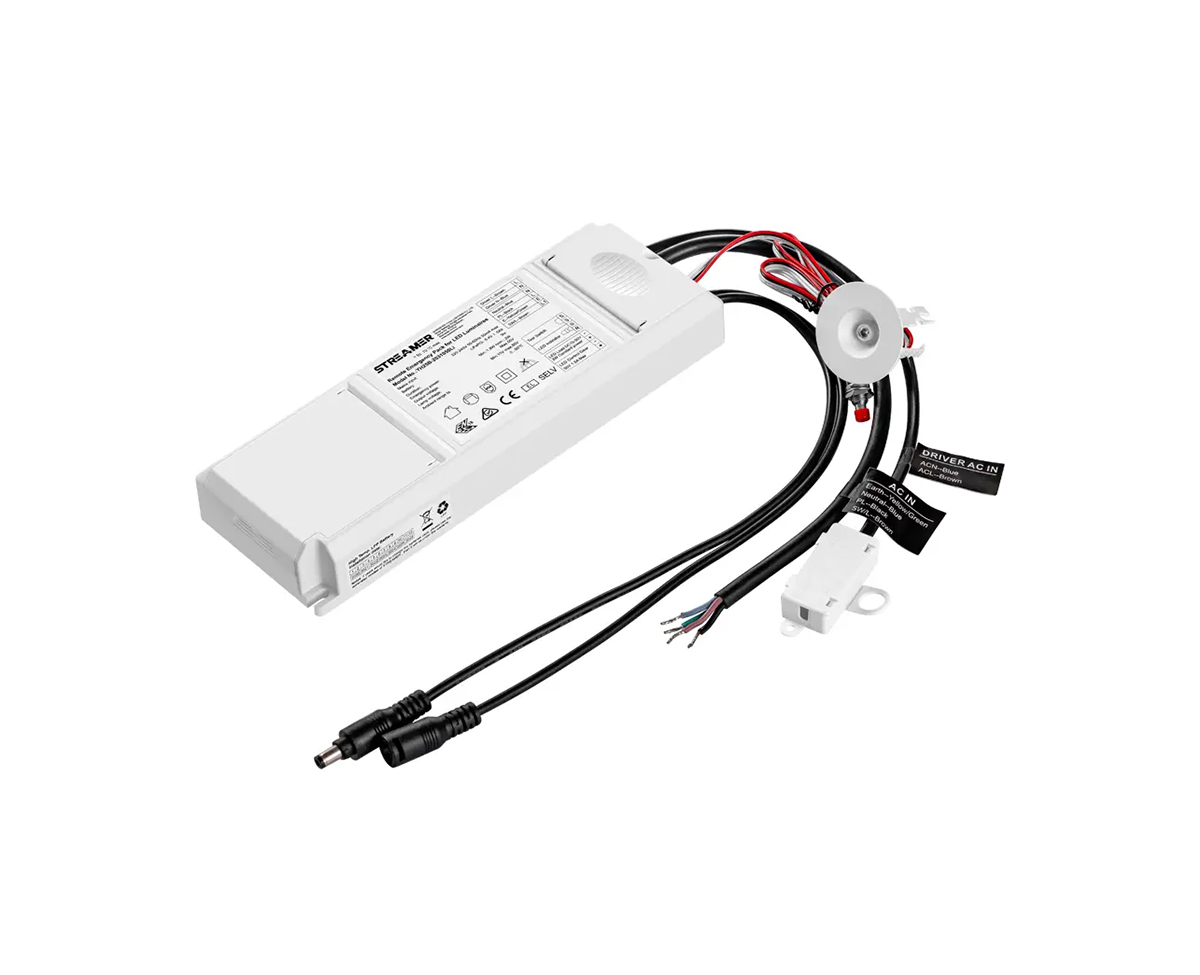 1
1
 Mar 03, 2025
Mar 03, 2025

The environmental performance of emergency batteries is a crucial aspect that demands comprehensive evaluation. In the context of environmental impact, emergency batteries, such as lead - acid, nickel - cadmium, and lithium - ion types, have different profiles.
Lead - acid batteries, although widely used in the past, pose significant environmental concerns. They contain lead, a highly toxic heavy metal. In the manufacturing process, lead emissions can contaminate air and water sources. During their lifespan, if not properly maintained, electrolyte leakage can occur, releasing sulfuric acid which is harmful to soil and water bodies. However, advancements in lead - acid battery technology, such as the development of valve - regulated lead - acid (VRLA) batteries, have reduced the risk of electrolyte leakage. Recycling of lead - acid batteries is also well - established, with a high percentage of lead being recovered and reused, which helps mitigate the environmental impact to some extent.
Nickel - cadmium batteries, on the other hand, contain cadmium, another toxic metal. Cadmium can cause severe environmental and health problems if released into the environment. The production of nickel - cadmium batteries requires careful handling to prevent cadmium emissions. Although they have a relatively long lifespan, their environmental performance is marred by the toxicity of cadmium. Recycling of nickel - cadmium batteries is complex but necessary to reduce the environmental burden.
Lithium - ion batteries are becoming increasingly popular for emergency applications due to their high energy density and lower environmental impact compared to some other types. They do not contain heavy metals like lead or cadmium. However, the extraction of lithium, cobalt, and other raw materials used in lithium - ion batteries can have environmental implications, such as water pollution and habitat destruction. Additionally, the disposal of lithium - ion batteries at the end of their life needs to be managed properly to prevent the release of harmful chemicals. Overall, evaluating the environmental performance of emergency batteries involves considering factors like raw material extraction, manufacturing processes, in - use emissions, and end - of - life management.